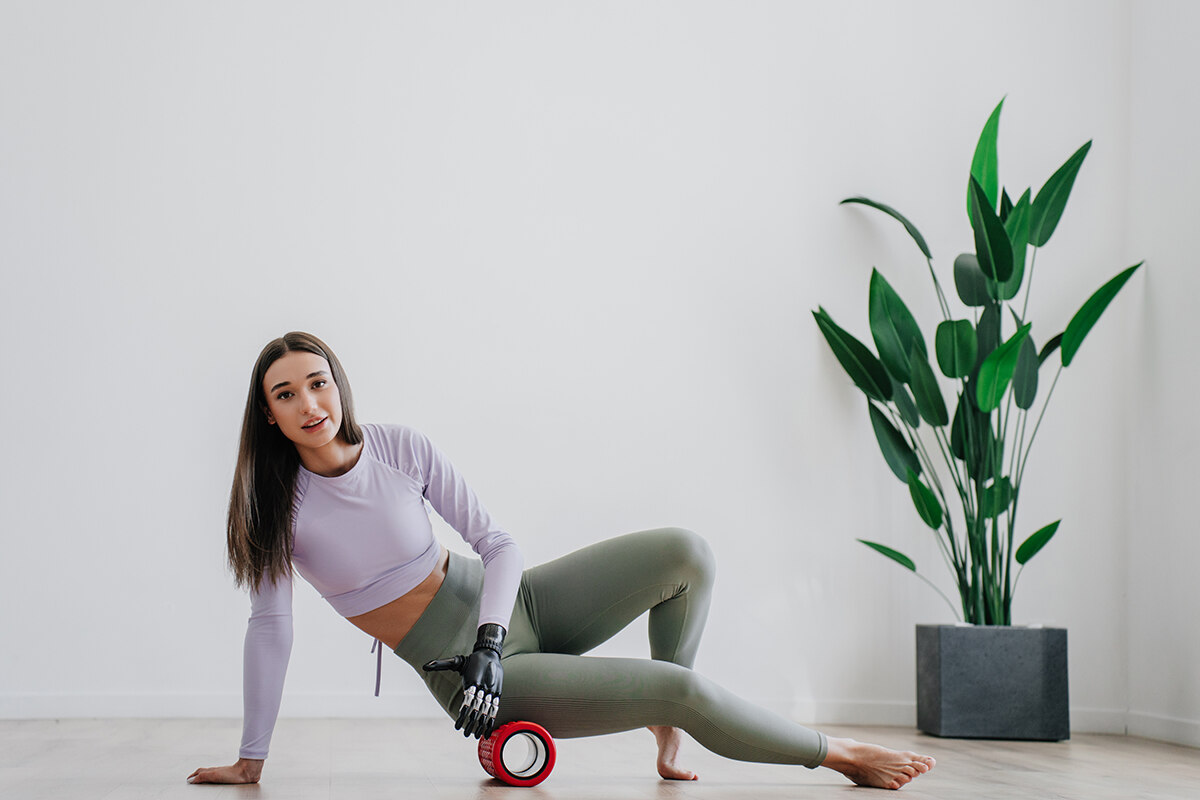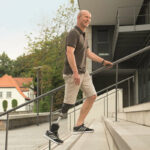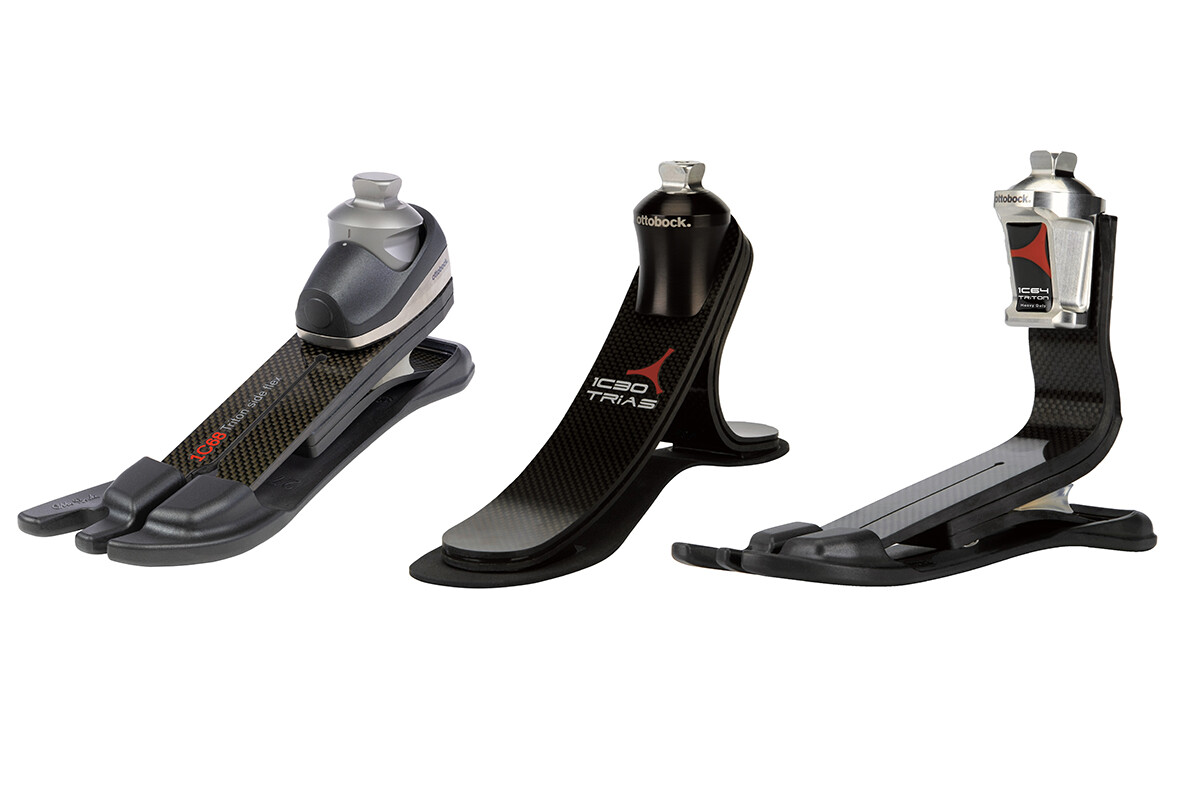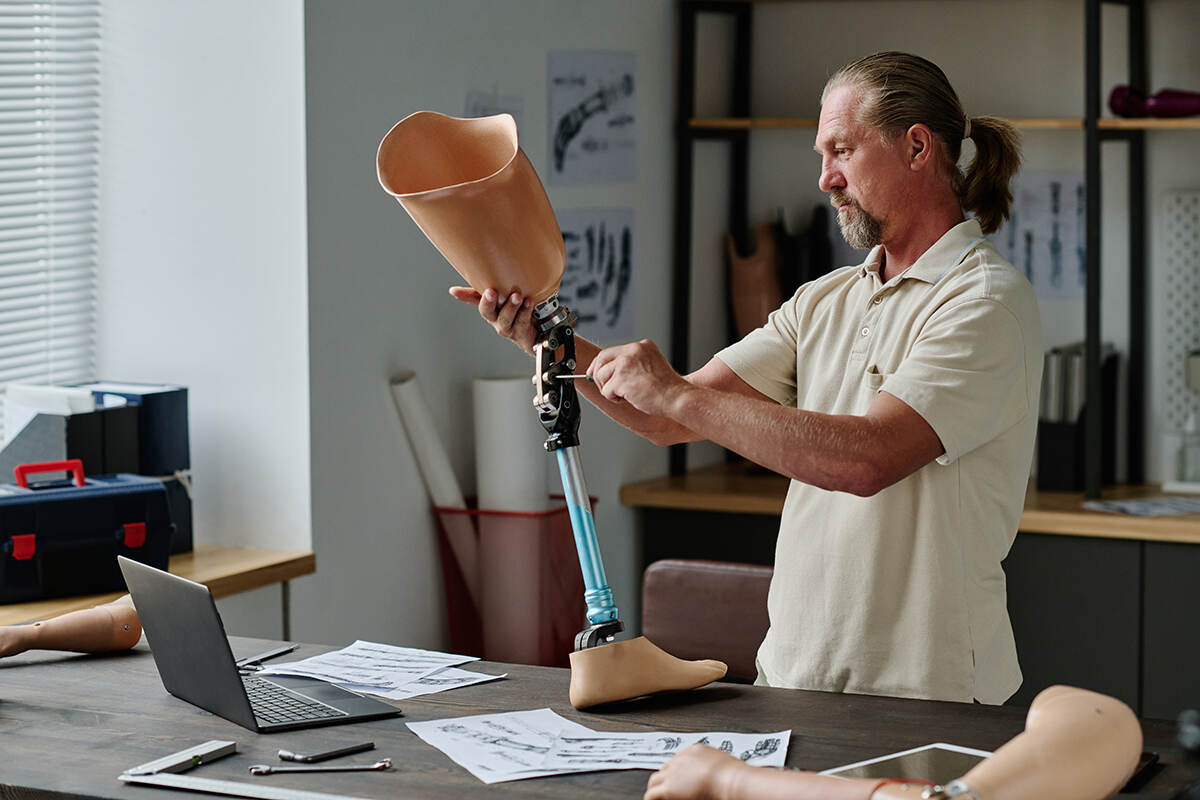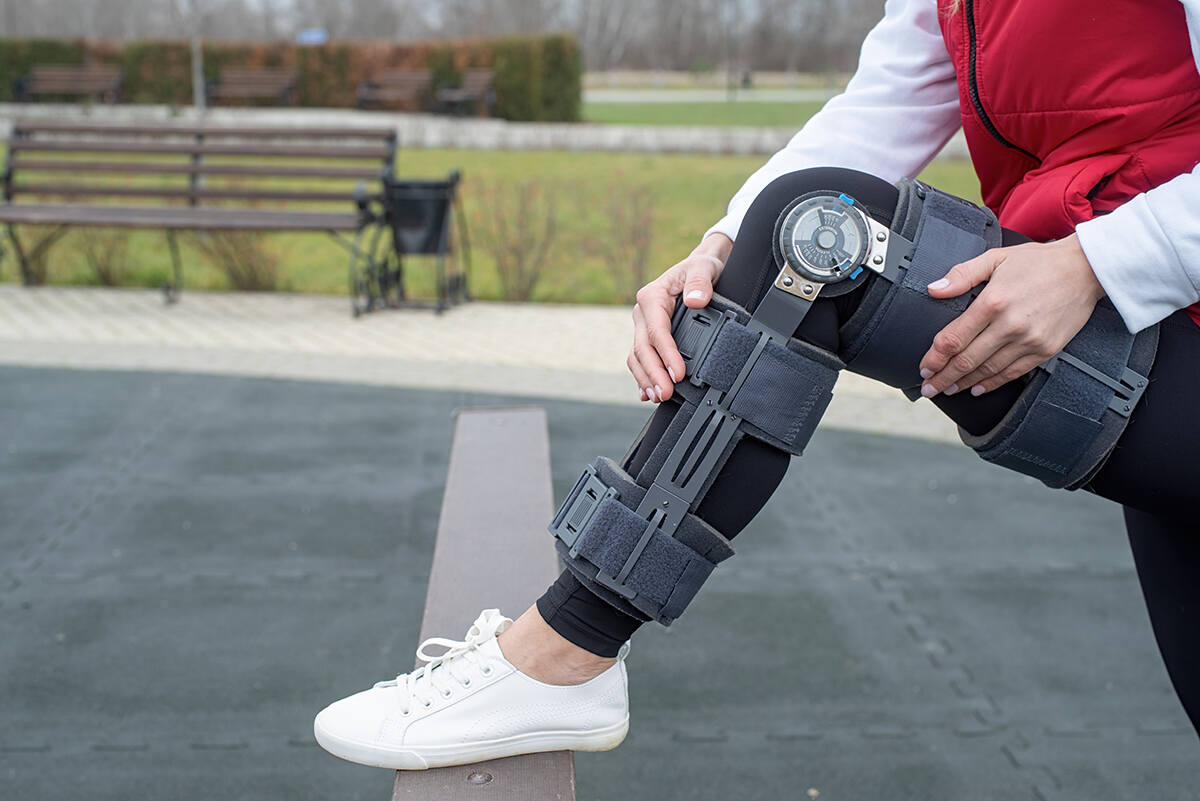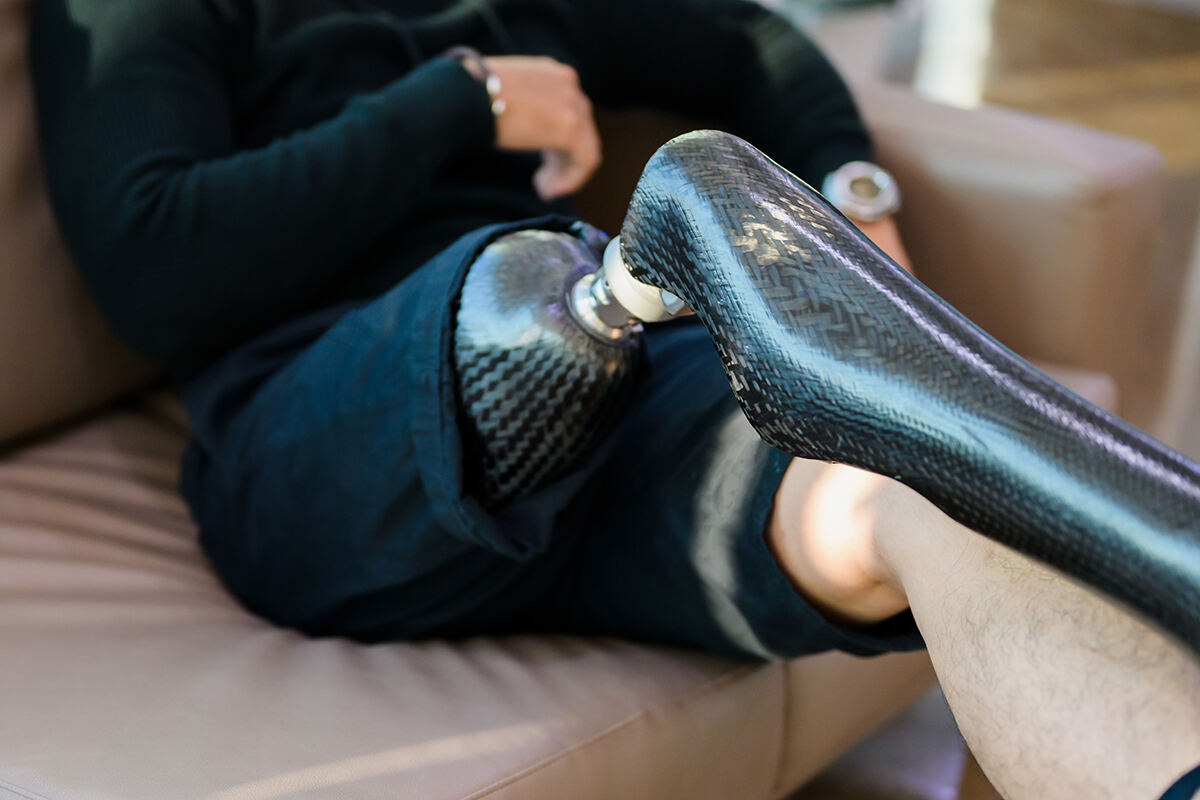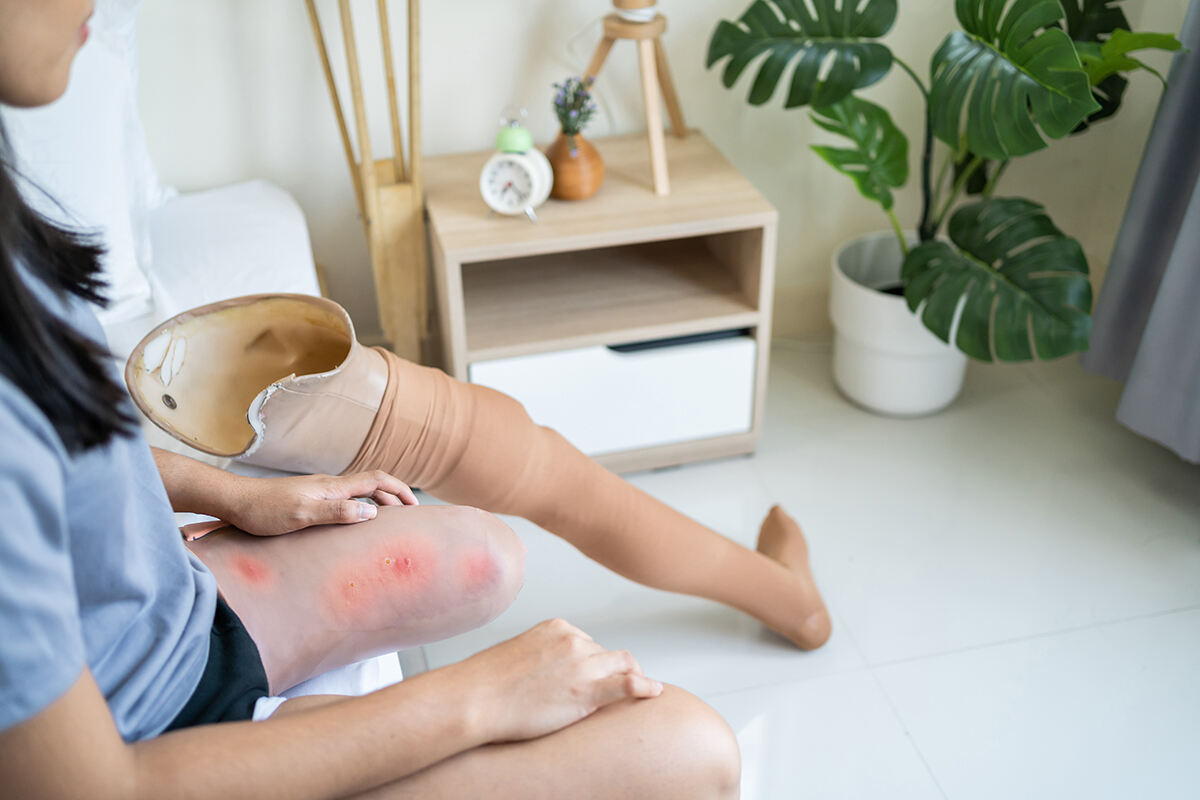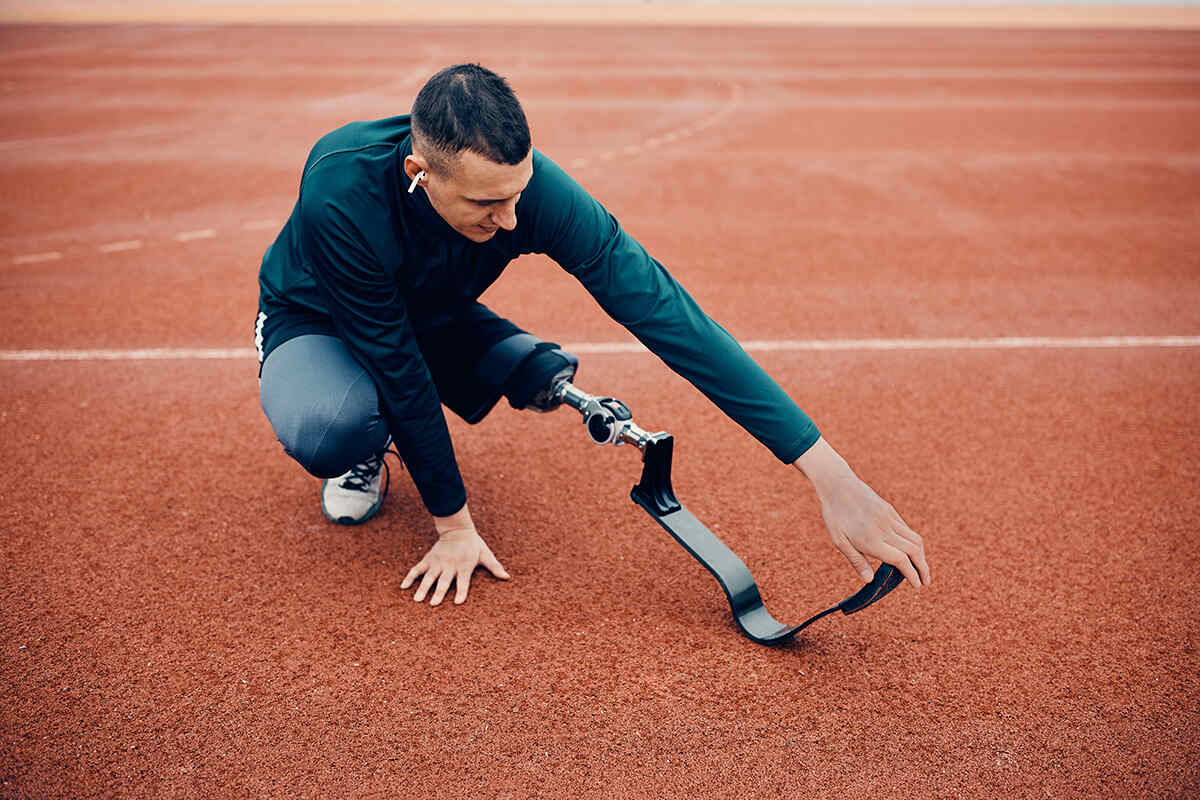When an individual faces the loss of an arm or hand, prosthetic arms and hands become crucial tools for rebuilding functionality and maintaining a high quality of life. Making the right choice amidst the various options depends on factors such as lifestyle, level of activity, and personal preferences. This article offers a detailed overview of available prosthetic technologies, from traditional body-powered devices to advanced myoelectric systems, and guides through the process of selecting, fitting, and living with a prosthetic arm or hand. Discover how to navigate the technical attributes, consider personal factors, and understand the costs and insurance aspects, all with the goal of returning to normalcy and autonomy.
Key Takeaways
- Prosthetic arms and hands extend beyond physical replacements, incorporating intricate engineering to mimic human arm functionality and cater to individual lifestyles; options range from body-powered and myoelectric prosthetics to activity-specific and cosmetic limbs.
- The selection of a prosthetic arm or hand is influenced by several factors including the level of amputation, the individual’s lifestyle and daily activities, personal preferences, and the assessment and consultation with a prosthetist to determine the best fit and strategy.
- Technological advances in prosthetics, such as myoelectric prosthetics with embedded sensors, bionic limbs, and smart materials, are enhancing user experience; however, consideration of costs and insurance coverage remains crucial due to the variability in prices and levels of financial assistance provided.
Understanding Prosthetic Arms and Hands
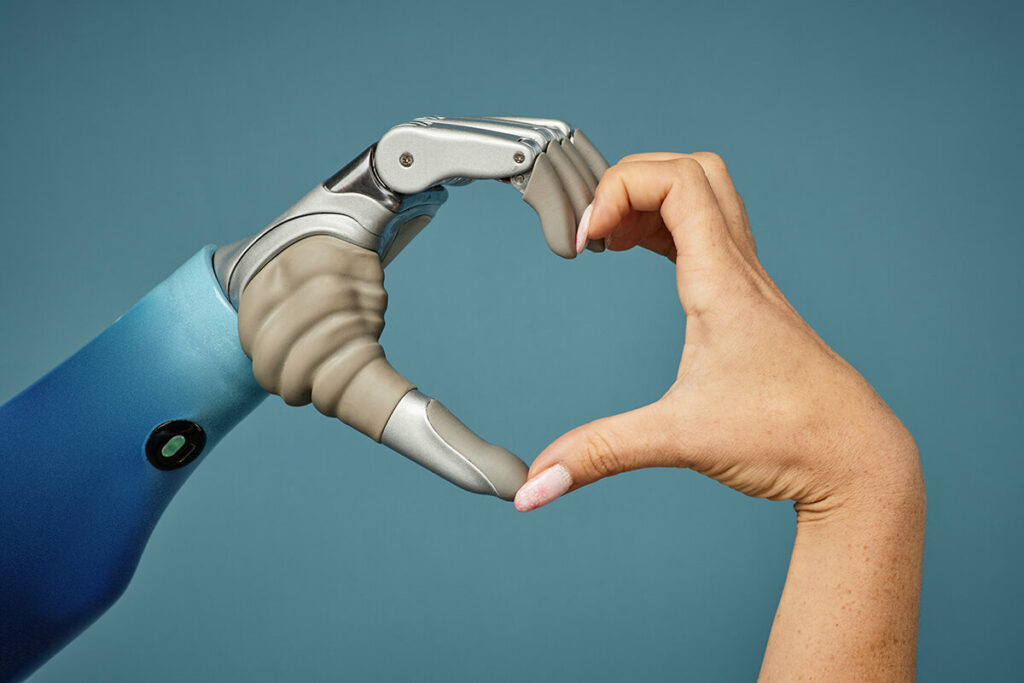
Prosthetic arms and hands are devices designed to replace missing upper limbs or enhance existing ones. These devices extend beyond simple physical replacements; they assist users with daily tasks and offer emotional support. But what makes these devices so effective? The introduction of a new prosthetic arm technology plays a significant role in their success.
The answer lies in the realm of prosthetic engineering, a specialized field focused on replicating functions that significantly improve a patient’s quality of life. This involves intensive research, development, and the creation of artificial limbs that not only mimic the human arm’s functionality but also cater to the specific needs and lifestyle of the individual.
Types of Prosthetic Limbs
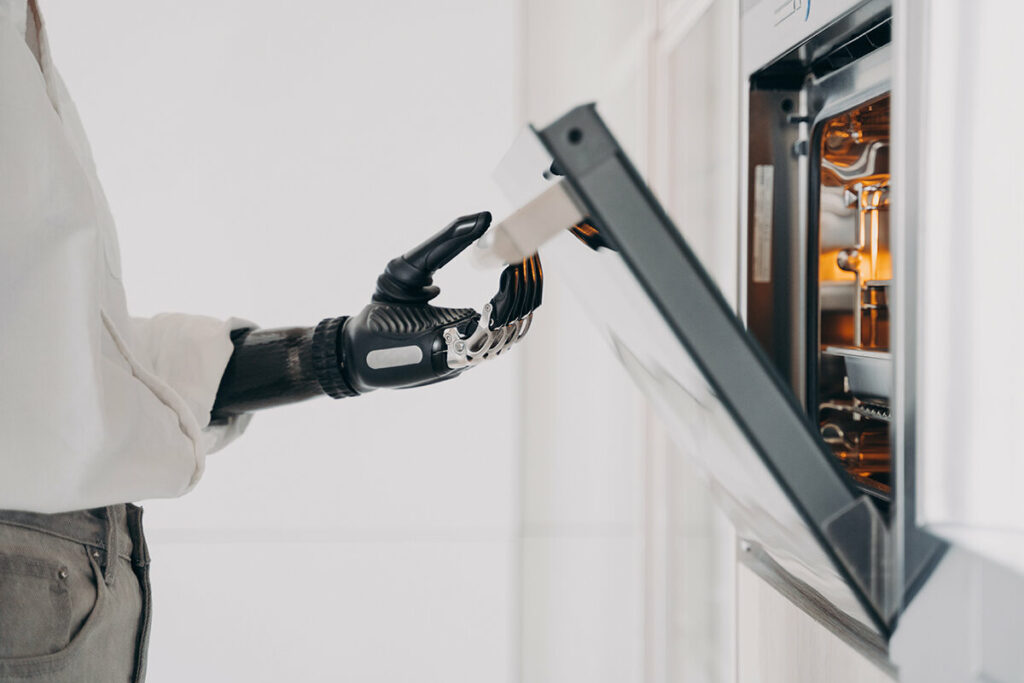
There is a variety of prosthetic limbs, each type designed for diverse needs and environments. At the forefront are myoelectric prosthetics, which are driven by electrical signals produced by a wearer’s muscles, enabling control with a near-natural range of motion. These devices offer a blend of sophistication and functionality, but what if one seeks a more robust option?
Body-powered prosthetics, these devices, also known as body powered prostheses, are operated by a harness and cable system that relies on upper-body movements, providing robustness and tactile feedback through tension. However, not all prostheses are about function. There are different types of prosthetics available:
- Body-powered prosthetics: These are selected primarily for their functional capabilities and are operated by a harness and cable system.
- Cosmetic prosthetics: These are selected primarily for aesthetic purposes and may lack functional capabilities.
- Passive prostheses: These types focus on providing a natural appearance without any active functionality.
- Hybrid prosthetics: These blend body-powered and myoelectric technologies to enhance functionality.
Lastly, for those with specific hobbies or tasks, there are activity-specific prosthetics, designed to cope with certain activities or sports.
Components of Prosthetic Arms and Hands
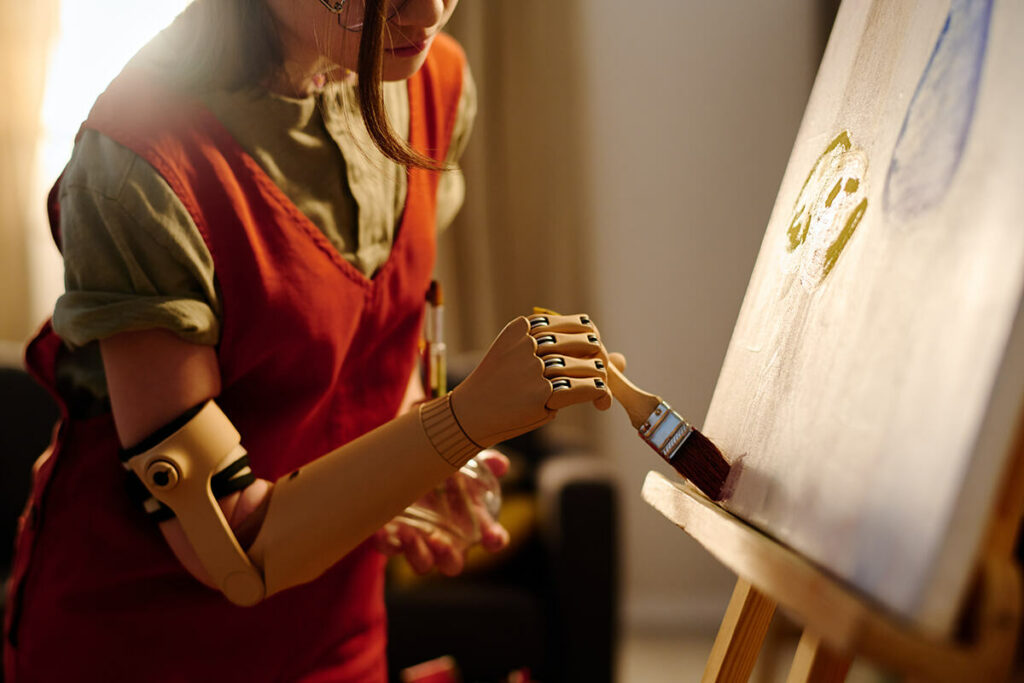
The intricate components of prosthetic arms and hands contribute to their functionality. The socket, for instance, is a crucial component as it contains the residual limb and supports the body’s weight, transmitting movement forces. But how does the socket stay attached to the residual limb?
The answer lies in suspension systems, which include options such as:
- Vacuum
- Passive suction
- Locking pins
- Anatomical suspension
- Belts/straps
These have been further refined to utilize the natural limb shape or adherent materials for better security and discretion. To ensure comfort, prosthetic arms incorporate interfaces or liners made of cushioning materials to protect the skin and distribute pressures evenly from the socket to the residual limb. At the end of these prosthetic arms, we find the terminal device, such as prosthetic hands or hooks, which play a vital role in the arm’s functional capabilities.
Factors to Consider When Choosing a Prosthetic Arm or Hand
Choosing the right prosthetic arm or hand is not a decision made lightly. It is a life-changing choice influenced by various factors, including:
- The physical needs of the individual
- Their daily activities
- Mental well-being
- Social considerations
- Cost aspects
Let’s delve into these factors to better understand how they shape the choice of a prosthetic arm or hand.
Some important considerations for prosthetic limb selection include:
- The level of amputation, which refers to the specific segment of the limb that has been removed.
- The condition of the residual limb, which plays a significant role in the overall success and comfort of the prosthetic limb.
- Lifestyle and daily activities, as well as life aspirations, which help ensure the device supports the user’s specific needs.
- Personal factors such as the individual’s attitude towards the prosthetic and the quality of rehabilitation services, which contribute significantly to the effectiveness and successful use of the prosthetic limb.
Level of Amputation
The level of arm amputation, including upper limb amputation, significantly determines the type of prosthetic options available, ranging from passive devices to advanced myoelectric prostheses. Upper limb prostheses can be tailored to amputations ranging from shoulder disarticulation or forequarter amputations, which involve removing the entire arm from the prosthetic shoulder joint or entire arm and shoulder, to partial finger or thumb amputations.
Elbow disarticulation amputations maintain the upper arm while transhumeral and transradial amputations occur above and below the elbow, respectively, each requiring different prosthetic solutions, including prosthetic elbow joint options. For partial finger or thumb amputations, options include passive silicone restorations or more functional body-powered or myoelectric devices, while specialized prosthetics are available for thumb losses.
Lifestyle and Activities
The choice of a prosthetic device is greatly influenced by an individual’s lifestyle and daily activities. This is why during the selection process, the individual’s daily routine, work, goals, and preferences are assessed to determine the most suitable prosthetic strategy.
Leisure activities and work settings require careful consideration when selecting a prosthetic device, as the user’s ability to engage in these activities and their performance in professional environments depend on the prosthesis type. Furthermore, lifestyles that include active hobbies or specific vocational tasks can necessitate tailored prosthetic devices, such as those for persons with wrist disarticulation to engage in their particular interests or job requirements.
Ultimately, selecting the best prosthetic tool for the job or activity is crucial for optimal functionality.
Personal Preferences and Comfort
When selecting a prosthetic arm or hand, personal comfort is of utmost importance. The overall comfort and ease of use of a prosthesis during everyday life, including activities with family and daily chores, are crucial for user satisfaction.
The alignment of a prosthesis with the user’s self-image is vital, with some considering it akin to an article of clothing and others as an essential part of their body. Choices regarding prosthesis appearance can be influenced by social factors, where some users prefer life-like prosthetics to blend in and avoid attention.
Furthermore, personal feelings and coping mechanisms, like managing sweatiness or the confidence gained from functional benefits, are personal considerations in choosing a prosthesis.
The Process of Getting a Prosthetic Arm or Hand
Acquiring a prosthetic arm or hand is a process that starts with proper healing after an arm or hand amputation. This phase is followed by a post-amputation assessment to review prosthetic needs and insurance options. But what comes next?
The fitting process begins with creating a test socket to ensure comfort and appropriate range of motion, eventually leading to the fabrication of a definitive, laminated prosthesis tailored to the individual. Prosthetic training includes collaboration with occupational and physical therapists to establish goals, engage in physical training, and participate in exercises designed to increase proficiency with the new prosthesis.
Consultation with a Prosthetist
Choosing the appropriate prosthetist is fundamental because it greatly impacts an amputee’s health, happiness, and wellbeing post-amputation. During the consultation, the prosthetist along with a therapy specialist assesses the individual’s:
- daily routine
- work
- goals
- preferences
This helps determine the most suitable prosthetic strategy.
Amputees are encouraged to ask questions and engage with their healthcare team to take an active role in their treatment, which helps reduce uncertainty and better plan for the future. Moreover, the prosthetist is responsible for ensuring the prosthetic is correctly fitted to optimize mobility and comfort, based on thorough discussions about the best prosthetic types and attachment methods.
Fitting and Customization
In the fitting process for a prosthetic limb, the following steps are typically followed:
- An impression of the residual limb is taken.
- A prosthetic liner made of medical grade silicone is fitted to alleviate skin irritation.
- After the initial fitting, a ‘check socket’ made from a thermoplastic sheet is used to test the fit and make necessary adjustments for comfort and mobility.
- Finally, the laminated carbon fiber prosthesis is fitted for the final fitting.
These steps ensure a proper and comfortable fit for the prosthetic limb.
Pediatric prosthetics necessitate specialized attention with consistent monitoring and adjustments to accommodate growth, ensuring a good fit and functionality. Moreover, prosthetic arms and hands are crafted using advanced techniques like 3D printing for customization, and materials like plastic polymers in injection molding and vacuum forming to create a strong, yet lightweight, prosthesis.
Rehabilitation and Training
To ensure the successful use and maintenance of new prosthetic arms and hands, rehabilitation and training are indispensable, aiding individuals in regaining functionality and independence. During the final fitting of the prosthetic, training includes programming the device to the individual’s needs and involves an occupational therapist for ongoing training and rehabilitation functions.
Training for individuals with amputations encompasses:
- Mastering controls through repetitive drills
- Learning to independently put on and take off the prosthesis
- Managing batteries for myoelectric systems
- Preventing skin irritations
Moreover, setting attainable rehabilitation goals and participating in meaningful life activities help individuals restore a sense of normalcy and self-worth after an amputation.
Advanced Prosthetic Technologies and Innovations

The field of prosthetics continues to evolve, with researchers and developers constantly pushing the boundaries of what’s possible. Today, we see the rise of implanted myoelectric sensors and pattern recognition technology in prosthetics, which offer significantly more accurate control compared to traditional systems.
Further advancements include sensory feedback technologies and AI systems that introduce an element of intuitive control, seeking to replicate natural limb function within prosthetics. These innovations have not only improved the functionality of prosthetic arms and hands but also opened up a world of possibilities for upper limb amputees.
Myoelectric Prosthetics
Myoelectric prosthetics mark a notable advancement in the field of prosthetics. These devices operate by using muscle electrical signals detected from the residual limb, which are translated into limb functions by small motors and rechargeable batteries.
However, while myoelectric prostheses offer precise control, they are less suitable for physically demanding work environments due to their sensitivity to water, dirt, and potential for breaking. Despite these challenges, the level of trust in myoelectric prostheses is enhanced by improved control and decreased interference, facilitated by new technology such as percutaneous titanium electrodes which surpass traditional surface electrodes.
Smart Materials and Design
To enhance the efficiency and user-friendliness of prosthetics, researchers are exploring smart materials and design. Carbon fiber is one such material that’s leveraged in prosthetic devices for its combination of being lightweight, durable, and flexible, enhancing energy-efficient movement.
On the design front, anatomically natural designs using soft foam and synthetic skin are created to mimic the user’s natural limb appearance. Moreover, the adoption of 3D scanning and printing technology shows how unitary manufacturing in a single facility can mitigate costs while maintaining prosthetic quality.
Bionic Limbs and Robotic Prosthetics
Bionic limbs and robotic prosthetics epitomize the pinnacle of prosthetic technology. From targeted muscle reinnervation (TMR) surgery facilitating more intuitive motor control for multijoint hands in prosthetics to TensorFlow´s platform being utilized to train bionic hands by recording movements from a user’s remaining hand, the advancements are impressive.
The Modular Prosthetic Limb (MPL) represents the pinnacle of prosthetic device advancements, with capabilities that reproduce all functions of a human arm. These innovations not only promise increased functionality but also a future where prosthetic devices integrate seamlessly with the human body, providing a more natural and intuitive experience.
Costs and Insurance Coverage for Prosthetic Arms and Hands
Despite the significant advances in prosthetic technology, one of the major considerations for many individuals is the cost. The complexity of the desired prosthetic system and the level of insurance coverage are significant factors that determine the cost of a prosthetic arm.
Prosthetic arms can vary significantly in cost, including:
- Cosmetic prosthetic: around $5,000
- Functional prosthetic with a hook: upwards of $10,000
- Advanced myoelectric arm technology: between $20,000 and $100,000
But what about insurance coverage and financial assistance?
Prosthetic Device Costs
Depending on the type and complexity of the prosthetic, the cost of a prosthetic device can vary substantially. For example, a functional bionic prosthetic arm can cost anywhere from $20,000 to $80,000.
However, advancements in technology and manufacturing such as 3D printing have led to more affordable options. TrueLimb, a bionic prosthetic arm, costs $7,995, which is significantly lower than the typical cost range for similar devices. This cost can also be broken down into monthly payments, making it more accessible for many individuals.
Insurance Coverage and Financial Assistance
While insurance coverage for prosthetic arms can differ greatly, it typically limits to devices deemed medically necessary, covering usually 20% to 50% of the costs. The level of insurance coverage and the types of prosthetic devices approved can depend on the specific insurance plan, including private insurance, government programs like Medicare/Medicaid, and military-related coverage such as VA or Tricare.
For individuals who may not have adequate insurance coverage, various nonprofit organizations and resources such as the Amputee Coalition’s Resource Center offer grants and assistance to help acquire prosthetic devices.
Living with a Prosthetic Arm or Hand
The journey of living with a prosthetic arm or hand necessitates consistent care, adaptation, and support. From routine maintenance and follow-up sessions every 3-6 months to ensure the prosthetic arm remains in good condition and functions properly, to continued support including reprogramming and refitting services to enhance the longevity and comfort of the prosthetic, there’s a lot to consider.
However, it’s not just about the physical aspects. Living with a prosthetic limb also entails navigating various emotional challenges such as shock, anger, and sadness, particularly during the initial post-amputation phase. Effective coping with these emotions can involve strategies such as problem-solving, relaxation, mindfulness, maintaining a positive attitude, and seeking professional guidance from psychologists.
Maintenance and Care
For the longevity and optimal functionality of prosthetic arms and hands, maintenance and care are of prime importance. Prosthesis sockets should be cleaned daily with soap and warm water, followed by a clear water rinse to remove soap residue and then dried thoroughly. If unable to perform the regular cleaning routine, emergency alternatives such as baby wipes or disinfecting wipes can be used to clean the prosthesis.
Moreover, passive prosthetic devices should be cleaned with rubbing alcohol or water and soap, depending on their durability, and stored appropriately. Cosmetic gloves for prostheses need to be handled with care to prevent staining and damage, requiring cleaning with a damp cloth and monitoring for cuts that could expose underlying components.
Lastly, regular inspections should be conducted for signs of wear, loose parts, and general maintenance needs.
Coping Strategies and Emotional Support
In addition to the physical aspects, individuals living with a prosthetic arm or hand embark on an emotional journey. Some important considerations include:
- Phantom limb pain/sensations, which may be more frequently reported with myoelectric prostheses
- Emotional adjustment to the loss of a limb
- Body image and self-esteem issues
- Coping with societal attitudes and perceptions
These factors can have a significant impact on the overall experience of living with prosthetic limbs.
A sense of community and the support from family, friends, and peers can greatly aid in reducing feelings of isolation and enhancing the overall coping process. Additionally, engaging in psychological therapy offers tools to manage emotional aspects of amputation, providing support for issues like anxiety, mood fluctuations, and altered body image.
Community and Resources
Living with a prosthetic arm or hand is not a journey one undertakes alone. The Amputee Coalition provides a network of over 400 registered support groups across the country for individuals living with limb loss or limb difference and their families. These support groups offer a safe space for individuals to:
- Express their feelings
- Learn
- Improve social skills
- Understand that they are not alone in their experiences
Moreover, the Amputee Coalition hosts weekly online support groups via Zoom, making it accessible for people to connect irrespective of their location. There are also organizations that specifically assist children in need of prosthetic devices, catering to young individuals and their unique challenges.
Frequently Asked Questions
How much does a prosthetic arm cost?
A prosthetic arm can cost around $5,000 for a cosmetic prosthetic, up to $10,000 for a functional prosthetic, and between $20,000 to $100,000 for the latest myoelectric arm technology. The cost varies depending on the type and technology used in the prosthetic.
How to get a prosthetic arm for free?
You can contact local prosthetic facilities and inquire about prosthetic donation programs, or reach out to organizations like the Amputee Coalition for assistance in finding a facility near you. It’s best to explore these options for possible assistance in obtaining a prosthetic arm.
Is having a prosthetic arm a disability?
Having a prosthetic arm may not necessarily be classified as a disability, but eligibility for disability benefits may depend on the level of limitation it imposes on your ability to function, such as standing or walking.
What are the different types of prosthetic arms and hands available?
There are various types of prosthetic arms and hands available, including myoelectric prosthetics, body-powered prosthetics, cosmetic prosthetics, hybrid prosthetics, and activity-specific prosthetics. Consider consulting with a healthcare professional to determine the best option for your needs.


